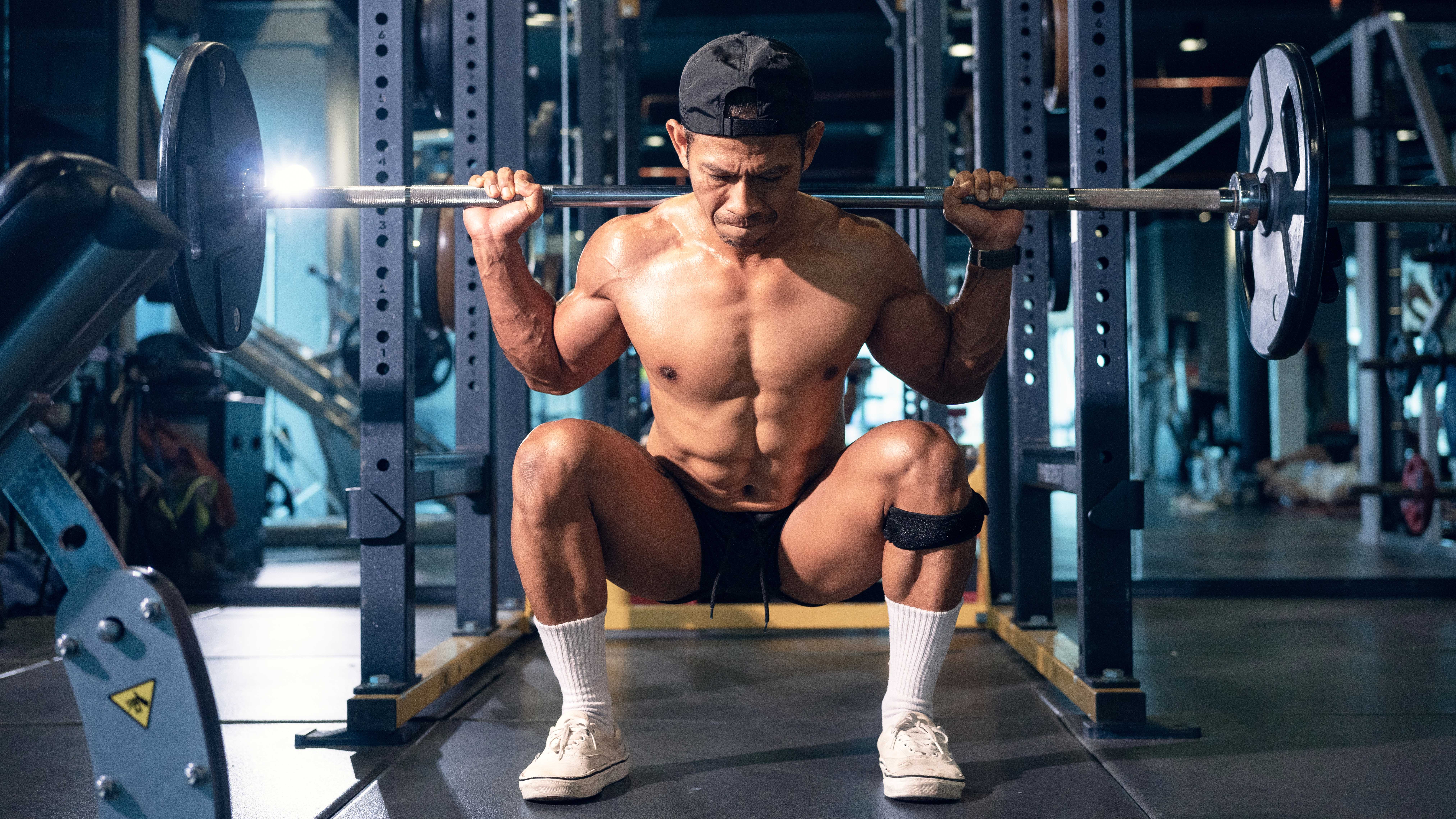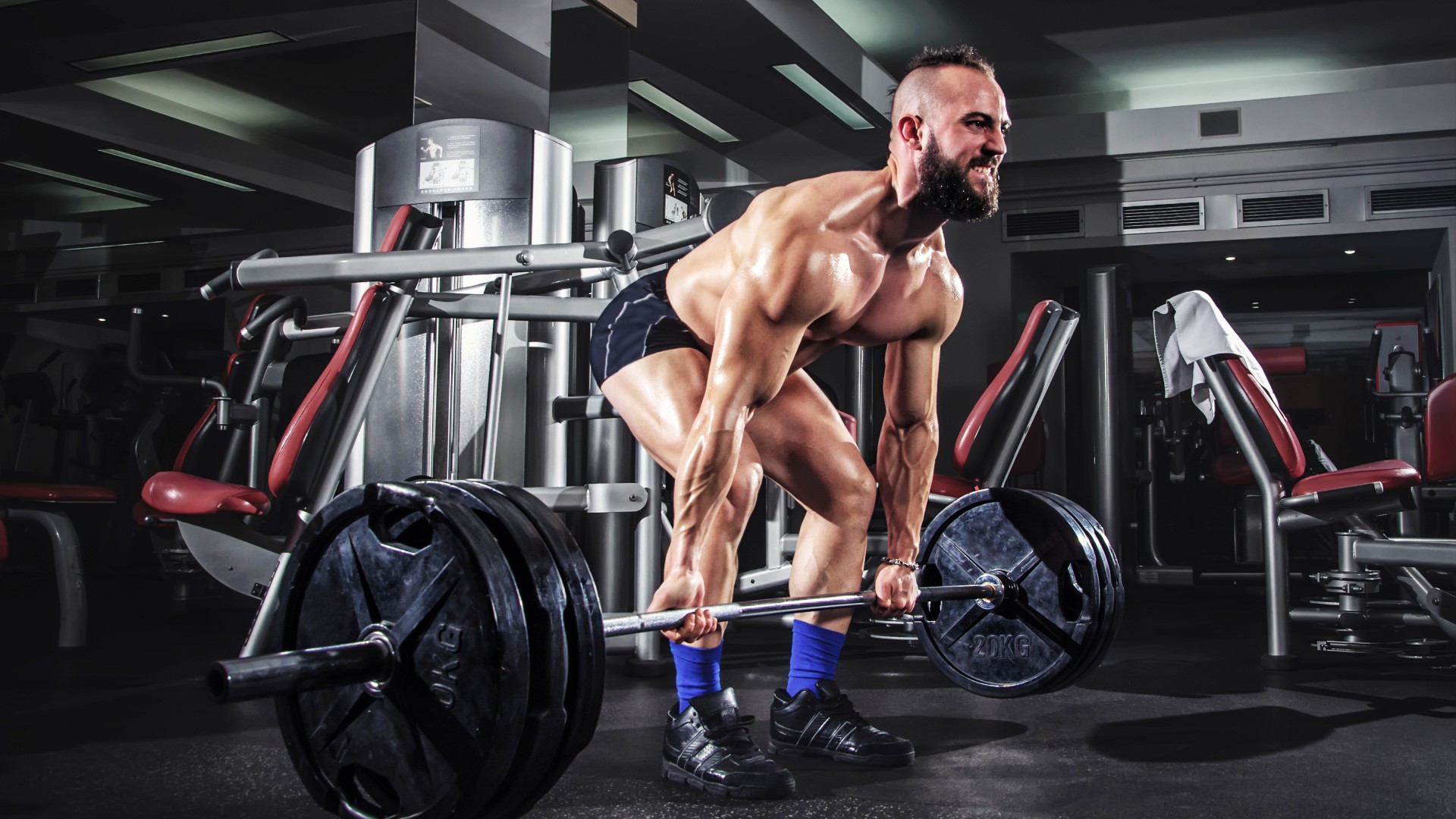Don’t skip leg day! According to a scientist, these are the only 2 exercises you need to strengthen your lower body
Here are the exercises to add to your routine

So you’re looking to build your lower body, but you don’t have hours to spend in the gym (because who does?) The good news is, according to a sports scientist, coach, and weightlifter, there are only two movement patterns you need to focus on to make serious gains in your legs. Read on to find out more.
As a reminder, if you’re new to exercise, it’s always a good idea to seek advice from a qualified professional to ensure you’re moving with good form. Exercising with bad form puts you at risk of injury.
What are the exercises?
According to sports scientist Dr Pak, the two movement patterns you should focus on if you want to grow bigger legs, without spending hours in the gym, are squats and deadlifts.
In a video on the subject, Dr Pak explains the “squat movement pattern will target your quads, adductors, glutes, and to some extent, your lower back.” The hip hinge pattern “will not only target your hamstrings, but also your glutes, and your erectors.”
Here’s how to do both exercises with perfect form
Squats
The squat movement pattern includes regular squats, as well as barbell squats and hack squats; however, if you prefer, you could also use a leg press machine in the gym, or use a set of the best adjustable dumbbells and do lunges.
According to Dr Pak, there is a superior option for those on a time budget: “I think the barbell back squat is likely your best option if you’re training with a minimum effective dose approach,” he says. As you have no back support during a barbell squat, your legs are working harder.
Get instant access to breaking news, the hottest reviews, great deals and helpful tips.
The barbell back squat is a fantastic way to build strength in the lower body. Start with a lighter weight on the barbell, or just the bar itself if you’re a complete beginner. Gradually add weight week-by-week to increase the load on your legs. Remember, the right weight will feel challenging, but not impossible, by the final few reps.

Here’s how to do a barbell back squat:
- If you’re starting at a squat rack, duck under the bar, and stand so the barbell is sitting just below your shoulders. Grip the bar with both hands, stand tall to unrack the bar, then take a step back. If you’re using a barbell, lift the barbell from the floor onto your back.
- Get into your squat stance, with your toes pointing out slightly.
- Brace your core and push your hips back, bending at the knees to lower down into a squat. Make sure your knees are moving outwards, and not caving in.
- Squat until your thighs are parallel to the floor, or deeper if you can.
- Reverse the movement by pushing through both feet to stand up, keeping a soft bend in the knees. Squeeze your glutes as you reach the top of the movement.
Dr Pak recommends completing four sets of 5-12 reps using a heavy weight. This could either be split into two sessions or one longer leg workout.
Deadlifts
The second exercise is the deadlift, or any exercise that involves the hip hinge pattern. This includes Romanian deadlifts, dumbbell Romanian deadlifts, conventional deadlifts, or good mornings using a barbell.
Dr Pak’s recommendation here is to do dumbbell or barbell Romanian deadlifts. These work the hamstrings, glutes, back, calves and when the load is increased, your grip strength.

Here’s how to do a Romanian deadlift:
- Start by standing tall, with your feet underneath your hips. Bend down and pick up your barbell or dumbbells, and hold the weight in front of your thighs.
- From here, send your hips back and lower the weight down your legs, keeping a soft bend in your knee. Keep your back straight, and your shoulder blades drawn back towards one another.
- When the weight is below your knees, and you can feel a stretch in your hamstrings, send your hips forward to return to your starting position.
Dr Pak recommends lifting a heavy weight, and completing four weekly sets of 5-12 reps.
He goes on to explain that this is a bare-bones approach for people who are short on time. “Squat movement patterns and hip hinge movement patterns will not target your rectus femoris or the short head of your hamstrings,” he says. If you can, a leg extension or a leg curl will cover you fully. If you don’t have access to a gym, try doing sissy squats or reverse nordic curls.
Strong legs can help reduce your risk of injury, improve your balance, increase your calorie burn and lead to better athletic performance. Weight training is a great place to start, and prioritizing squats and deadlifts will get you a lot of bang for your buck if you’re short on time.
Follow Tom's Guide on Google News to get our up-to-date news, how-tos, and reviews in your feeds. Make sure to click the Follow button.
More from Tom's Guide
- Forget push-ups — according to a scientist, these are the only two upper-body exercises you'll ever need
- Ditch the crunches! A scientist says this is the only ab exercise you need
- Forget pull-ups — you only need 5 moves and a pair of dumbbells to build upper body strength and improve your posture

Jane McGuire is Tom's Guide's Fitness editor, which means she looks after everything fitness related - from running gear to yoga mats. An avid runner, Jane has tested and reviewed fitness products for the past five years, so knows what to look for when finding a good running watch or a pair of shorts with pockets big enough for your smartphone. When she's not pounding the pavements, you'll find Jane striding round the Surrey Hills, taking far too many photos of her puppy.
You must confirm your public display name before commenting
Please logout and then login again, you will then be prompted to enter your display name.

